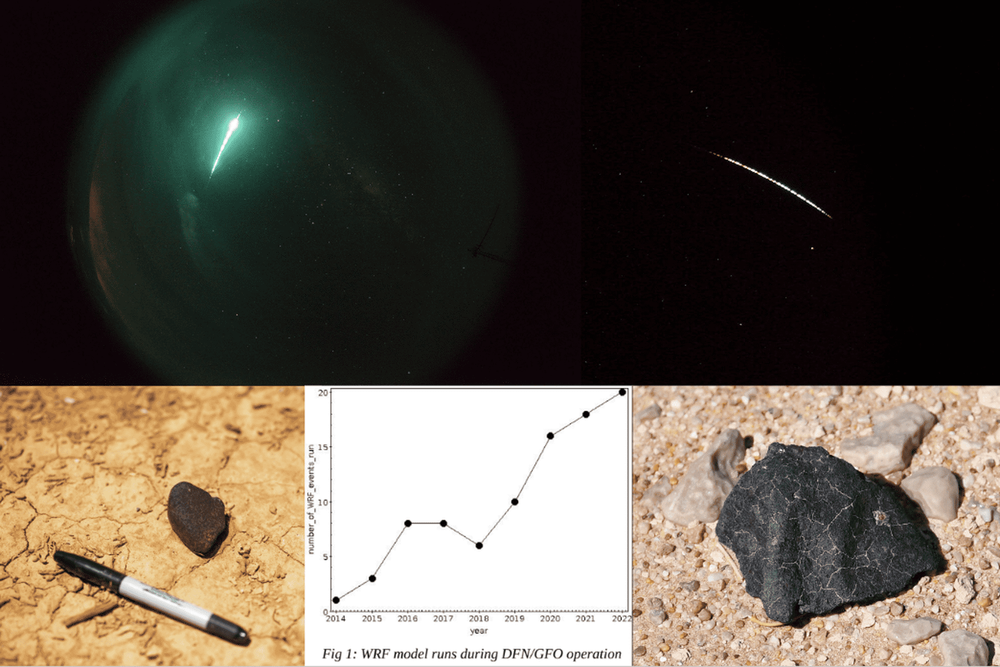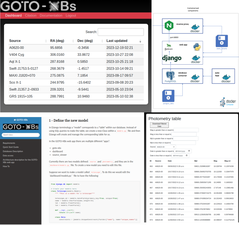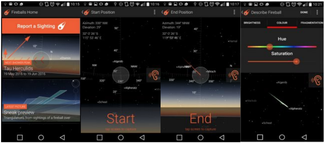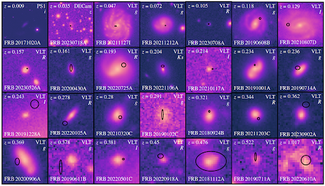
The Desert Fireball Network (DFN) team based at the Space Science and Technology Centre (SSTC), Curtin University, operates and coordinates a number of Fireball camera networks within the Global fireball observatory (GFO). The goal of this observation is to capture interaction of space rocks with the Earth’s atmosphere – the fireball – as optical data, analyse the data and recover dropped meteorites. Meteorite positions are eventually affected by the winds and air pressure throughout the atmosphere. Weather Research and Forecasting model (WRF-ARW) developed by National Centre for Atmospheric Research (NCAR) is used to simulate the weather conditions.
Of the 66+ meteorite droppers observed over Australia, 9 meteorites have been recovered, with a further 4 found overseas in the frame of the GFO. With increased numbers of falls being observed around the world, the assistance of the DFN team in this area has become significant workload, as the WRF was run semi-automatically.
This ADACS project delivered an automated workflow for the weather modelling using Nextflow. This has both saved time of experts to run the WRF modelling and also allowed other team members to run the modelling. On top of that, the results of this ADACS project enabled batch processing of multiple weather modelling cases in parallel, opening possibilities to analyse meteorite fall data from other sources like weather radars and satellite imagery.

Check out some of our other projects.

ADACS provided a solid foundation on which the GOTO-XBs team could further build the web app, and provided instructional information to up-skill the team.

A software audit for the Fireballs in the Sky app to understand what work is needed to update or remake the app so that it can again be published in the app stores.

This project optimised the CELEBI pipeline for precise localisation of FRBs (Fast Radio Bursts) using ASKAP's CRAFT survey, adapting to recent infrastructure changes and preparing for increased detection capabilities with the CRACO upgrade.